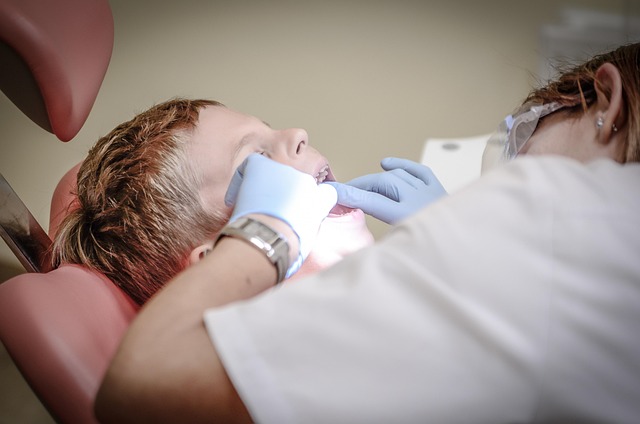Weight Loss Balloon: What to Expect from the Procedure
A weight loss balloon is a temporary, non-surgical device placed in the stomach to help reduce the amount of food you can comfortably eat and to support behavioral changes. It is intended as part of a broader weight management plan that typically includes diet modification, exercise, and medical follow-up. The device can create an earlier feeling of fullness, which may help people with obesity initiate weight loss when other measures have not produced sustained results.

This article is for informational purposes only and should not be considered medical advice. Please consult a qualified healthcare professional for personalized guidance and treatment.
What is a weight loss balloon?
A weight loss balloon, often called an intragastric balloon, is a soft, inflatable device placed in the stomach to occupy space and reduce hunger cues. It is not a permanent implant; most balloons are temporary and intended to support initial weight reduction and lifestyle changes. The balloon is used alongside structured medical supervision, including nutritional counseling and behavior therapy. It is one tool among several medical options for managing excess weight and is typically recommended when less invasive methods alone have been insufficient.
Who is a medical candidate for the balloon?
Medical candidates are usually adults with obesity who meet specific clinical criteria and who have not achieved long-term results through diet, exercise, and supervised programs. A healthcare team will assess body mass index (BMI), medical history, prior abdominal surgeries, gastrointestinal conditions, and psychological readiness. Some people with certain medical conditions, pregnancy, or previous stomach surgery may not be suitable candidates. The decision is individualized and should involve a thorough medical evaluation to weigh risks, benefits, and alternative treatments.
How is the balloon procedure performed?
The balloon procedure is commonly carried out by a gastroenterologist using endoscopy: a deflated balloon is inserted through the mouth into the stomach under sedation, then filled with saline or air to the desired volume. Less commonly, some balloons are swallowed as a capsule that is later inflated. The placement typically takes less than an hour, and patients are observed for a short recovery period. Balloons are usually left in place for several months and removed endoscopically under sedation at the end of the treatment period, followed by continued follow-up care.
What are risks and benefits for obesity treatment?
Benefits of a stomach balloon can include an initial reduction in body weight, improved control of appetite, and potential short-term improvement in obesity-related conditions such as high blood pressure or blood sugar levels when combined with lifestyle changes. Risks include common gastrointestinal side effects such as nausea, vomiting, and abdominal discomfort, especially in the first days or weeks after placement. Less common risks include balloon deflation and migration, ulcers, or obstruction requiring medical attention. All procedures carry some risk from sedation and endoscopy, underscoring the need for medical supervision.
How does the stomach adjust after a balloon?
After balloon placement, patients often experience reduced meal sizes and altered hunger signals as the stomach adapts to the occupied volume. Early symptoms usually decrease within days to weeks as the body adjusts. Long-term success depends heavily on behavioral change: maintaining dietary habits, increasing physical activity, and attending follow-up visits with dietitians and clinicians. Once the balloon is removed, without ongoing lifestyle support, weight regain can occur; many programs therefore include structured aftercare to help sustain weight loss and address the underlying drivers of obesity.
Conclusion
A weight loss balloon is a medically supervised, temporary option that can help some adults initiate weight reduction and practice portion control while they work on longer-term behavior change. It is not a standalone cure for obesity but may be useful within a comprehensive treatment plan that includes nutrition, activity, and continued medical follow-up. Decisions about this option should be made with informed medical guidance and realistic expectations about benefits and risks.




